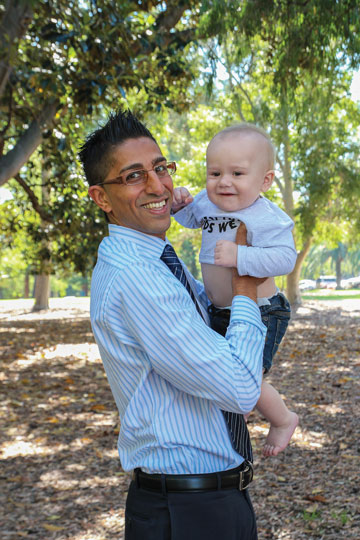Search
Showing results for "rishi kotecha"
Research
Challenges and considerations for antifungal prophylaxis in children with acute myeloid leukemiaChildren receiving treatment for acute myeloid leukemia (AML) are at high risk of invasive fungal disease (IFD). Evidence from pediatric studies support the efficacy of antifungal prophylaxis in reducing the burden of IFD in children receiving therapy for AML, yet existing antifungal agents have specific limitations and comparative data to inform the optimal prophylactic approach are lacking.
Research
Pharmacokinetics of PEGasparaginase in Infants with Acute Lymphoblastic LeukemiaPEGasparaginase is known to be a critical drug for treating pediatric acute lymphoblastic leukemia (ALL), however, there is insufficient evidence to determine the optimal dose for infants who are less than one year of age at diagnosis. This international study was conducted to identify the pharmacokinetics of PEGasparaginase in infants with newly diagnosed ALL and gather insight into the clearance and dosing of this population.
Research
Successful treatment of a child with acute monoblastic leukaemia who relapsed with T-cell acute lymphoblastic leukaemia: A rare lineage switchRishi S. Kotecha MB ChB (Hons) MRCPCH FRACP PhD Co-Head, Leukaemia Translational Research rishi.kotecha@health.wa.gov.au Co-Head, Leukaemia
Research
Targeting the bone marrow microenvironment: a novel therapeutic strategy for pre-B acute lymphoblastic leukemiaOur findings shed light on the mechanisms of leukemia-induced bone loss
Research
Updates in infant acute lymphoblastic leukemia and the potential for targeted therapyOutcomes for infants diagnosed under 1 year of age with KMT2A-rearranged acute lymphoblastic leukemia (ALL) have remained stagnant over the past 20 years. Successive treatment protocols have previously focused on intensification of conventional chemotherapy, but increased treatment-related toxicity and chemoresistance have led to a plateau in survival.

News & Events
The Kids Research Institute Australia researchers share in State Government science grantsFour The Kids Research Institute Australia researchers are among those who have received funding in the WA State Government's Merit Award Program announced today.
Research
Optimized peripheral blood progenitor cell mobilization for autologous hematopoietic cell transplantation in children with high-risk and refractory malignanciesOur approach to hematopoietic progenitor cells mobilization resulted in highly effective HPC harvest in children and adolescents with high-risk cancers
Research
New therapeutic opportunities from dissecting the pre-B leukemia bone marrow microenvironmentWe provide evidence that targeting leukemia-induced bone loss is a therapeutic strategy for pre-B ALL
Research
Childhood craniopharyngioma: 20-year institutional experience in Western AustraliaAlthough neurocognitive, psychological and behavioural problems were noted for some patients during medical review, only 20% of patients were formally assessed.

News & Events
Drug find could represent big win for our little patientsDr Rishi Kotecha knows too well the devastation of a leukaemia diagnosis in a child, treating children as a consultant at Princess Margaret Hospital.
